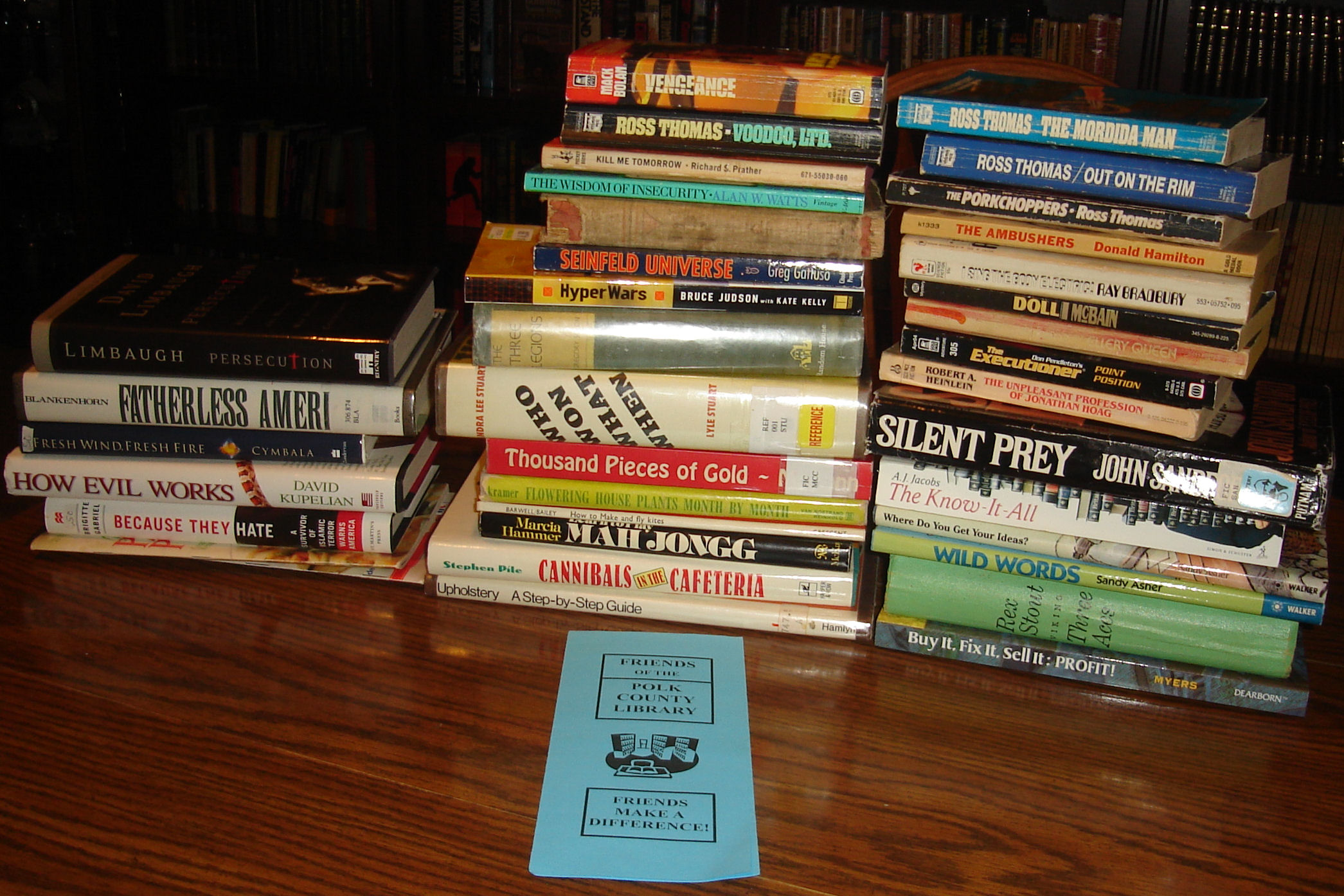This book is an Ozarks History of the Yoachum family that was responsible for the Yocum Dollars, which were briefly used in currency in the Ozarks in the early part of the ninteenth century. Of course, as it’s an Ozarks history, only the first part of the history talks about the three brothers who purportedly traded some horses, soaps, and blankets to some departing Delaware for the location of an old silver mine and then mined the silver, minted coins, and exchanged them among their neighbors. Given the bank failures and the dearth of other currency, the money caught on amongst Ozarkers and went on until a homesteader tried to pay the government for his land with these unofficial dollars. Government officials called the proferred dollars and sent it to Washington for analysis, where they determined the silver was purer than that in actual US coins. One of the Yocum brothers died in a cabin fire, perhaps sealing the mine forever, and the bulk of the Yoachum family moved out of the area.
It might be a myth, or it might have happened. Records are sparse, and I don’t think any of these dollars actually has come to the present day.
As an Ozarks History, though, this book then goes into general stories of days gone by in the Ozarks. Read how the author’s mother’s experience as a mail carrier. Learn about the Wilderness Road hangin’ tree. And so on. So the book is more a collection of stories than a true investigation of the Yocum Dollar. The Yocum/Yoachum/Yoakum family and the searches for the silver mine do crop back up, though.
Unfortunately, some of the stories are untold. The author mentions his father found a cache of these in the 1920s and searched for the mine all his life, but that story is underrepresented. Then, in a chronology in the back, a simple line reads 1975 – Two hundred thirty-six Yocum Dollars found buried in a metal box South of Branson, Mo. No account of this discovery is given.
Still, an interesting read if you’re into regional history.



